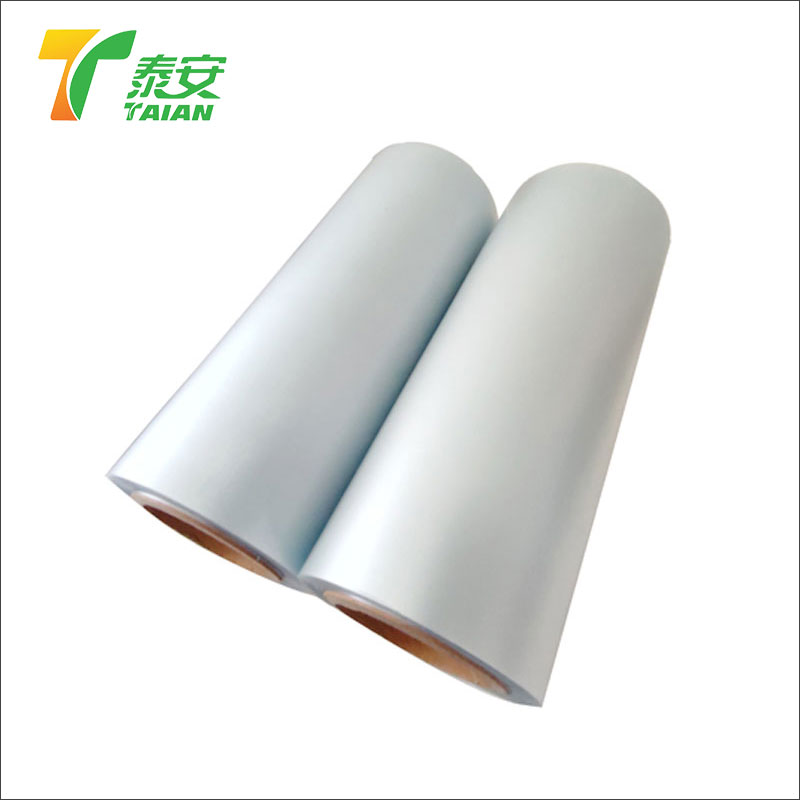Aspects of embossing thermal lamination film
2023-10-16
Embossing thermal lamination film is a specialized type of lamination film that combines the features of thermal lamination with embossing, creating a textured and visually appealing finish on printed materials. This type of film is often used to enhance the appearance and tactile experience of various printed items, such as book covers, packaging, labels, and more.
Key features and aspects of embossing thermal lamination film include:
1. Material: Similar to standard thermal lamination film, embossing thermal lamination film is typically made from layers of polyester (PET) and adhesive resin.
2. Embossing Process: Embossing involves creating raised or depressed patterns on the surface of the material. In the case of embossing thermal lamination film, the film is run through a machine that applies heat and pressure to create textured patterns on the surface of the film.
3. Combination: The process of embossing is combined with the thermal lamination process, where the embossed film is applied to the printed material using heat and pressure.
4. Texture: The embossed patterns on the film add texture to the surface of the printed material. Common embossed patterns include leather-like textures, geometric designs, logos, and more.
5. Enhanced Appearance: Embossing adds a visually appealing and tactile element to printed materials, making them stand out and capturing attention.
6. Depth and Detail: Different levels of embossing depth can be achieved, allowing for intricate and detailed designs to be transferred onto the material.
7. Customization: Embossing patterns can be customized to match the branding, design, or theme of the printed materials.
8. Protection: Like standard thermal lamination, embossing thermal lamination film provides protection against moisture, dirt, and physical damage.
9. Variety: Embossing thermal lamination film can be combined with different finishes, such as gloss or matte, to achieve the desired aesthetic and tactile effect.
10. Applications: This type of film is commonly used in applications where an elevated visual and tactile experience is desired, such as luxury packaging, high-end marketing materials, book covers, business cards, and more.
11. Craftsmanship: The embossing process adds a sense of craftsmanship and sophistication to the final product.
Embossing thermal lamination film is often used in industries where aesthetics and presentation are important. The combination of embossing and thermal lamination enhances the overall quality and perceived value of printed materials, making them more appealing and engaging to the audience. When using embossing thermal lamination film, it's important to consider design details, patterns, and the intended impact on the target audience.



